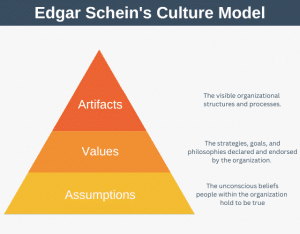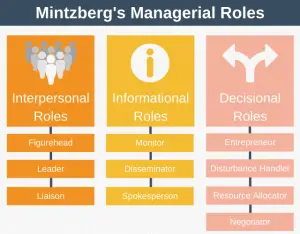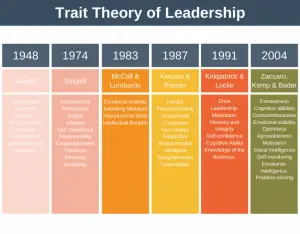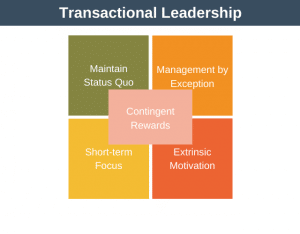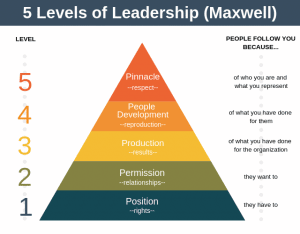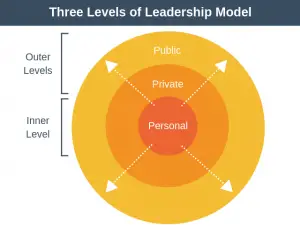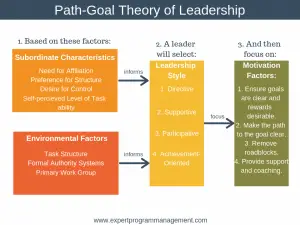Whilst most of us understand some of the key leadership skills required to be a leader, the question “What is a Leader?”, which at first seems like a simple question, can prove difficult to answer even for seasoned leaders. The Oxford English dictionary defines a leader as:
“A PERSON WHO RULES, GUIDES, OR INSPIRES OTHERS”
Other definitions of leadership as given by leaders themselves include:
“THE ONLY DEFINITION OF A LEADER IS SOMEONE WHO HAS FOLLOWERS.”
Peter Drucker
“LEADERSHIP IS ABOUT ARTICULATING VISIONS, EMBODYING VALUES, AND CREATING THE ENVIRONMENT WITHIN WHICH THINGS CAN BE ACCOMPLISHED.”
Richards & Engle
“THE TASK OF THE LEADER IS TO GET HIS PEOPLE FROM WHERE THEY ARE TO WHERE THEY HAVE NOT BEEN.”
Henry Kissinger
There are in fact hundreds, if not thousands of definitions of leadership and leaders. The fact that there are so many definitions goes to highlight the very human nature of leadership. Leadership is as varied as the many different leaders that exist in the world.

If we try to bring to mind who leaders are, then broadly speaking we tend to think of three types of characters:
- An organization owner or founder: beating the odds and any competition to make their company a success.
- An explorer: forging the way as the first person up a mountain so that others may follow.
- A political leader: dedicated to pursuing a personal vision.
By now you should be getting a feel for just how varied leadership and leadership skills can be. In this article, we will be considering leadership in the workplace, and do so by focusing on transformational leadership.
Transformational leadership was originally described by James V. Downton, and further developed by James MacGregor Burns. In simple terms, a good transformational leader is someone who effectively performs the following three steps:
- Future: creating a clear and inspiring vision of the future.
- Engage: motivating people to want to create that future.
- Deliver: delivering that future vision by taking action and getting results.
The Future, Engage, Deliver process was first proposed by Steve Redcliffe in his book Leadership Plain and Simple, published by the Financial Times in 2012. Whilst we use these terms in this article to describe the steps, the content of each step as we describe it is more akin to the Kotter Change Model mixed with a Strategic Planning Process. These leadership skills will make sense soon enough.
Alongside, these three guiding steps to achieve transformation, there are numerous tools, techniques, and processes, leaders can use to help achieve their aims. These include understanding how to:
- Motivate
- Coach
- Delegate
- Give feedback
- Influence
- Team Building
Finally, before any of these can be used to enact a transformational change, leaders must have a high degree of resilience and emotional intelligence (IQ) to resist the setbacks and roadblocks that occur along the way to achieving their vision.
All of these topics are covered on this site, but in this article we’ll the Future, Engage, Deliver process.
1. Future: Creating a Clear and Inspiring Vision
Leadership is always rooted in the future. Good leaders are guided in their daily decisions by the future they want to create.
This stage begins by understanding where you are right now and understanding where you would like to be, how you would like things to be done or feel in the future. This is achieved by creating a compelling vision of the future.
A compelling vision is at the heart of every successful transformation. This vision must clearly and concisely communicate your organization’s goals in a way that is both compelling and convincing. Good leaders provide an evocative and inspiring picture of the future that inspires others to want to achieve. Developing a compelling vision is one of the key leadership skills.
In an organizational context, visions are rarely created out of thin air. Visions are usually created by:
- First, understanding where you are, using tools such as SWOT Analysis, PEST Analysis, Porter’s Five Forces and many others.
- Second, analyzing trends within your industry, within other industries, as well as broader trends happening across society.
As you can see, there are two broad leadership skills to defining the future for your organization: first, the analytical skills of leadership whereby you define where you are and understand your strengths and weaknesses; second, the soft skills of leadership where you create a compelling vision with emotional appeal. This balance of hard and soft leadership skills occurs repeatedly as you learn and practice leadership, and with more practice, your skill in both will improve.
2. Engage: Motivating People to Want to Create that Future
Your vision is your north star for where you want the organization to go, but it doesn’t encourage others to help you get there. To achieve this, you must motivate people to want to achieve your vision of the future with you.
This doesn’t mean you communicate to people. It doesn’t mean you inform people of what you want them to do. It doesn’t mean you present to them where you are going. It means engaging with them, so rather than thinking about how you communicate to your team, instead you are thinking about how others are receiving your message and how it affects their motivation.
Throughout a transformation, storytelling can be a great way to explain a vision. Storytelling uses words and imagery to transport the listener into the future. It creates a narrative to both share the vision, and emotionally pull the listener towards the vision. It also gives the leader the opportunity to share their energy, conviction, and excitement towards creating the future.
Whilst a compelling vision is important to get your team moving, it is also always a good idea to create a sense of urgency – a reason why your team should start now and not tomorrow. Good storytelling should be part of your leadership skills toolbox and you should use it to create a “sense of possibility in the air” and the desire to start right now.
As you progress towards your vision, your stories should change to reflect where you are on your journey (your current reality), maintain urgency, and keep the team energized to achieve the vision.
As you may have guessed, there is more to engagement than just being able to tell a great story. Another important part of motivation is setting expectations. We will look at Expectancy Theory elsewhere on this site, but for now remember that as well as a compelling vision people also want to know what’s in it for them.
- If team members expect a good outcome for themselves from behaving in a certain way, then they will usually work hard to exhibit that behavior.
Thus, through storytelling combined with goal setting, we can create a real energy and can-do attitude within our team to want to achieve our compelling vision.
People won’t follow just anyone. You need to have earned the right to be followed. You do this by day-in and day-out modeling the behavior you expect to see from others.
3. Deliver: Delivering that Future Vision by Taking Action and Getting Results
Delivering the vision is about empowering others to achieve the vision through goal setting. It is about tracking KPIs, and monitoring progress as we move towards each goal and towards our vision. In short, delivery is about management.
The leader needs to ensure that the work being done is aligned to the vision and that the work is managed. This may be done by the leader or it may be done by one or more managers that the leader delegates responsibility to. Doing this may require creating a new organizational structure, or setting up a project.
Goals and targets can be set in any combination of daily, weekly, monthly, quarterly, or yearly, according to the needs of the organization.
Major change can take a very long time, but without quick wins, people will lose faith or give up altogether. You need to structure the transformation so it contains short term targets, remembering to communicate widely your successes as you go. We structure our goals in this way because it keeps people motivated, and because nothing breeds success like success.
Tools and techniques which can be used to help leaders track progress towards goals include, amongst others:
- KPIs
- Status Reporting
- Giving Feedback
Personal relationships are important here too. As a leader, you must keep a lookout for people who are blocking or resisting change and take corrective action.
Finally, whilst you’re working to deliver your vision, you need to keep your eye on the longer-term organizational picture. This means you want to enable your team to deliver even more than they do now, and at a higher quality level, further down the road. To do this you need to help others to help themselves, by developing your team. This involves coaching your individual team members to increase their skills and improve their own leadership.
What is Leadership? Summary
There are many different definitions of leadership along with many different styles of leadership. The vast array of leadership skills and tools available can make leadership seem difficult to understand and difficult to learn, but there is a simple three-step overarching tool we can use called Future, Engage, Deliver, which we can use to help us understand broadly the process of leadership and to help us stay focused on the right areas as we manage change.
Photo credit: Ron Mader.

